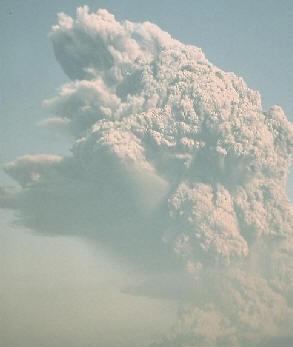 |
|
|
|
|
|
|||
|
By Mike Mitchell |
||||
 |
April 16, 2010 -
With the Eruption of Eyjafjalla Volcano in There are nine Volcanic Ash Advisory Centers (VAAC) that make up IAVW, each are located around the world are responsible for coordinating and disseminating information on volcanic ash that may endanger aircraft that fly through the ash cloud formed from a volcanic eruption. The individual VAAC are run as part of national weather forecasting organizations of the country that they are based, e.g. NOAA or the Met Office.
|
|||
|
British Airways Flight 9 a Boeing 747 lost power to all four engines
in 1982 over It was recognized following these and other incidents that volcanic ash was a danger to commercial aviation and that the only way to ensure that there would be no loss of an aircraft was to alert pilots in a timely manner to divert their flight around the cloud. |
||||
|
ICAO in coordination with the World Meteorological Organization (WMO),
proved effective in ensuring the safety of air transport following the
eruption of the volcano Eyjafjalla in Since volcanic ash is composed of very abrasive silica materials, it can damage the airframe and flight surfaces, clog different systems, abrade cockpit windows and flame-out jet engines constituting a serious safety hazard. Volcanic ash can also have a serious effect on aerodromes located downwind of a volcanic ash plume since it contaminates runways, ground equipment and aircraft parked or taxiing around the aerodrome. The IAVW system is designed to detect and track the movement of volcanic ash in the atmosphere and to warn aircraft in flight about this hazard. The main components of the system are comprised of nine volcanic ash advisory centers responsible for the provision of information related to areas and flight levels affected by volcanic ash and its future movement. These centers are strategically distributed around the globe. They are |
| ©AvStop
Online Magazine
Contact
Us
Return To News
|
|
